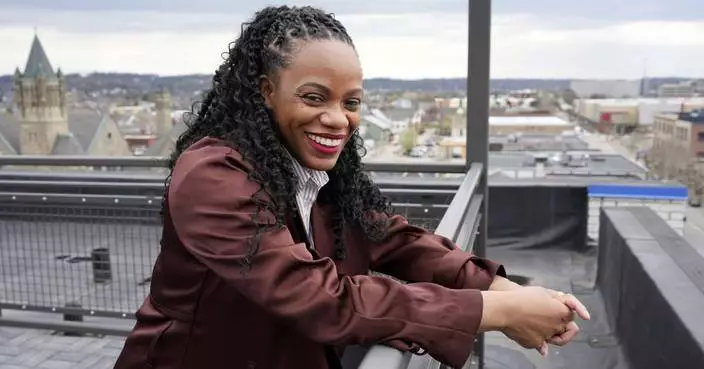The annual Victoria’s Secret Fashion Show captivates the world like no other fashion event. An estimated 800 million people around the world are set to watch.
This year, more than 55 models are in Shanghai for the lingerie brand’s first show in Asia taking place on November 20. It will be broadcast around the world the following Monday.
Click to Gallery
The annual Victoria’s Secret Fashion Show captivates the world like no other fashion event. An estimated 800 million people around the world are set to watch.
Victoria’s Secret has cast a record eight Chinese models among the most diverse lineup in the show’s history. Some of them are established names and faces like Wen Liu and Ming Xi, but for many, the historical strut down the runway marks their global introduction. CGTN Digital is in Shanghai to take in the fashion phenomenon.
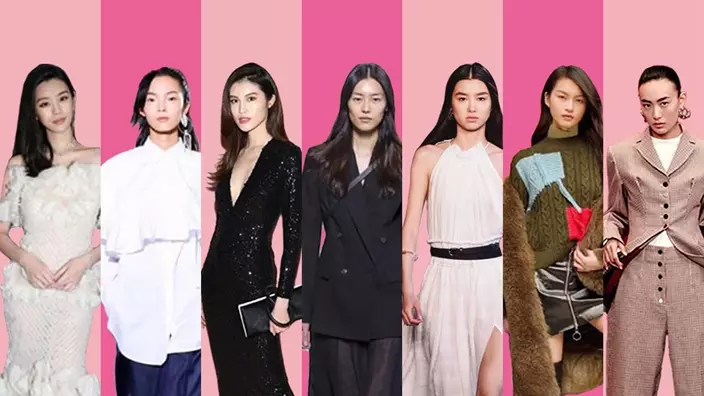
Victoria’s Secret has cast a record eight Chinese models among the most diverse lineup in the show’s history. Some of them are established names and faces like Wen Liu and Ming Xi, but for many, the historical strut down the runway marks their global introduction. CGTN Digital is in Shanghai to take in the fashion phenomenon.
Meet the Chinese models
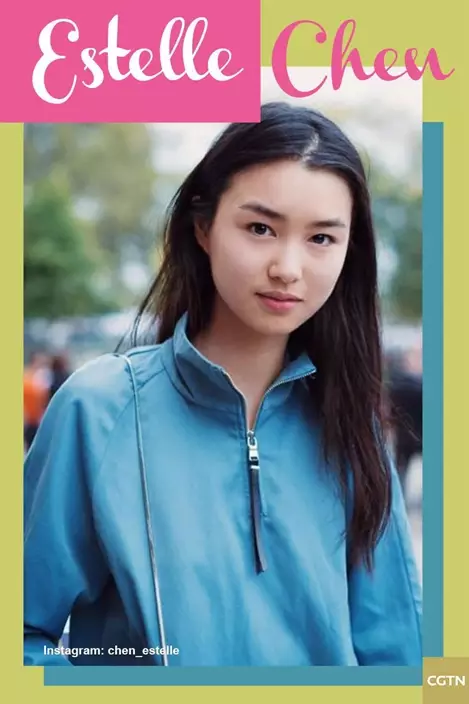
Estelle Chen
The second time around proved successful for Estelle Chen, who was selected for this year’s Victoria’s Secret Fashion Show. She tried out last year but didn’t make the cut. The 19-year-old has catapulted into high fashion via the Elite Model Look competition. Her credits include the Louis Vuitton cruise shows.
Her parents both hail from Wenzhou, a city on China’s east coast, south of Shanghai. Chen was born in China but raised in France. She said that even though her dad comes from a fully Chinese background, he taught her more about French culture, while her mom schooled her in Chinese heritage. Chen said she feels like she grew up with both cultures because she returned to China every year for one or two months.
Most first-timers use the show to boost their global profiles and further their modeling careers, but Chen has different plans. She wants to study economics at the prestigious HEC Paris once she’s walked in Shanghai. Chen has spoken frankly about the inadequate representation of Asian models on the catwalk. In 2016, she took part in Instagram’s #RunwayForAll campaign, which focuses on promoting models from diverse backgrounds.
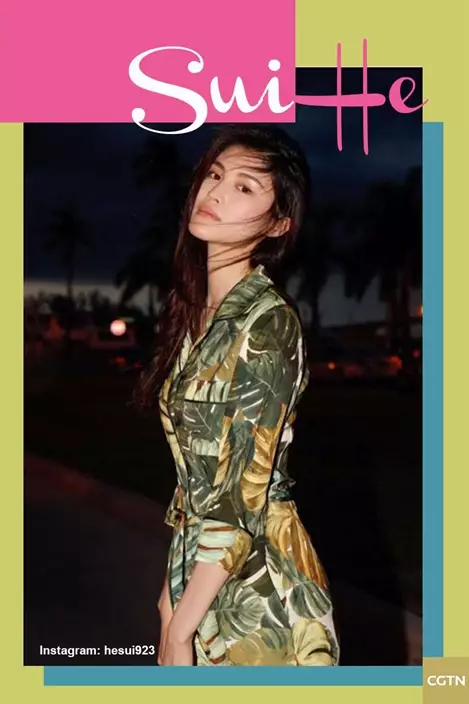
Sui He
Sui He became the second Chinese model to walk the Victoria's Secret Fashion Show in 2011. She has done every show since. Sui He is the first East Asian model to open a Ralph Lauren runway show. She also appeared on the cover of W Magazine as a relative unknown. In 2012, she became the face of Shiseido makeup, making her the first Chinese model to represent the Japanese beauty giant.
Sui He’s breakthrough season was Fall/Winter 2011. Due to her success, she was named one of New York Magazine's Fall 2011 Top 10 Faces. At the age of 17, while a junior in high school, Sui He entered a Chinese modeling contest and won. Afterwards, she signed with China's Bentley Culture Development Company in Beijing. She was also part of the cast of the 2015 film “You Are My Sunshine”.
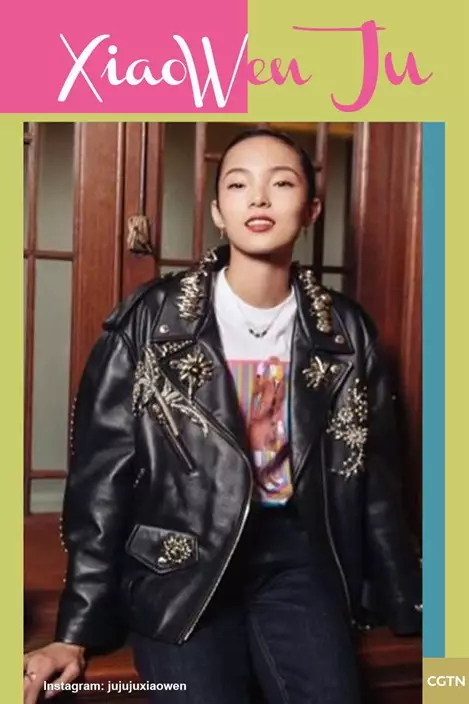
Xiao Wen Ju
Xiao Wen Ju was the first model of Chinese descent to be the face of Marc Jacobs.
After gaining attention with her appearance on the cover of Harper's Bazaar China in May 2010, she debuted in New York City at the Fall Honor show. Since then, she has graced runways around the world for designers including Shiatzy Chen, Hermès, Louis Vuitton and Prada.
In addition, Wen Ju was picked for Lane Crawford's F/W 11 campaign, along with other top Chinese models like Ming Xi and Shu Pei. She has also appeared on the cover of Vogue China and Numero China.
A native from northwest China's Shaanxi Province, Xiao Wen Ju appeared on the cover of Vogue Italia in 2015. In 2016, she became a face of L’Oreal. She walked in the Victoria’s Secret Fashion Show last year, becoming only the fifth Asian model to do so after Liu Wen, He Sui, Shu Pei and Ming Xi.
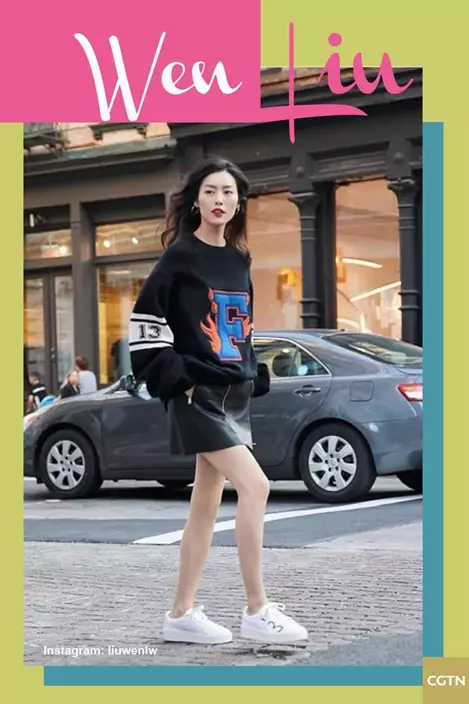
Wen Liu
Wen Liu is the first model of East Asian descent to walk the Victoria's Secret Fashion Show, the first spokesmodel of East Asian descent for Estée Lauder and the first Asian model to ever make Forbes Magazine's annual highest-paid models list.
In 2012, The New York Times named Liu "China’s first bona fide supermodel." In 2017, she became the first Chinese model to ever appear on the front cover of American Vogue. In an April 2014 article about social media's rise in the fashion industry, Vogue remarked that she had "by far, the biggest social-media audience of any model."
Throughout her career, Liu has challenged issues of diversity in the fashion industry. In 2009, she made headlines on her Victoria’s Secret Fashion Show bow. The next year, she became the first Asian model to land an Esteé Lauder cosmetics campaign. An only child, Liu was born into a working-class family in Yongzhou, Hunan.
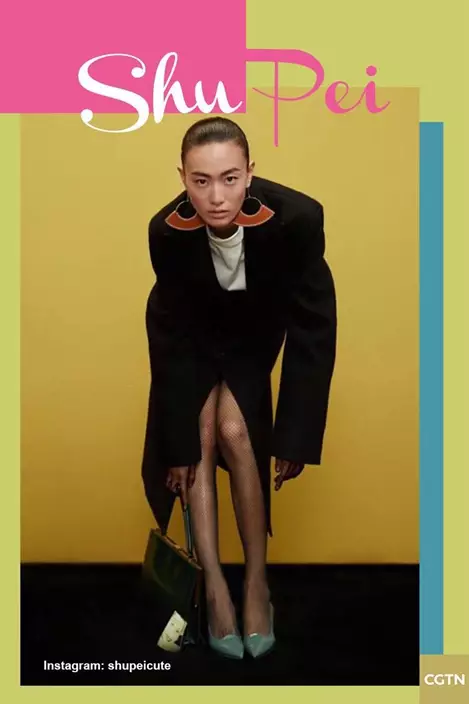
Shu Pei
Born in Kaifeng, Henan, model and actress Shu Pei signed to Next Management in 2007. Her breakthrough season came in September 2008, when she walked for Christian Dior, Hussein Chalayan, John Galliano and Vivienne Westwood. That September, she appeared in a Vogue China editorial and has since secured three Vogue China covers.
In 2011, Pei became the face of Vera Wang, and her first Victoria's Secret show was in 2012. She has also embarked on an acting career, and in March 2015 shot her first film, “Oh My God,” directed by Leste Chen and produced by Zhang Ziyi.
The new mom will make her return to Victoria’s Secret catwalk this year. In January, she and her partner Edison Chen welcomed a baby daughter.
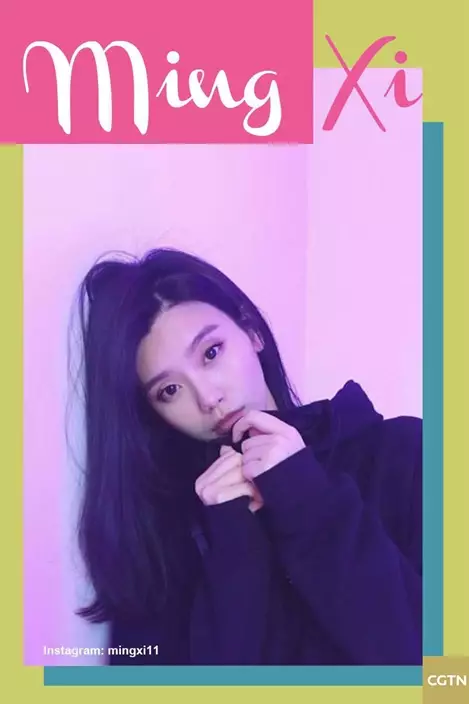
Ming Xi
Ming Xi’s professional modeling career started in 2009 after she attended a TV competition. Her international modeling career took off in 2011 after she walked her first well-known runway show for Givenchy. In the same year, she modeled the Givenchy ready-to-wear collection and appeared as the face of Givenchy’s Fall/Winter publicity advertising campaign. Ming Xi also appeared in Victoria's Secret Fashion Shows in 2013, 2014, 2015 and 2016.
Now regarded as one of the world’s top supermodels, her services are highly sought-after. Two years after she graduated from college, she participated in the Elite Model Look competition, held by the leading Elite Model Management agency. Xi ranked third. Shortly after the contest, she was offered a contract with Givenchy.
The 2017 Victoria’s Secret show is a homecoming for Xi, who was raised in Shanghai.
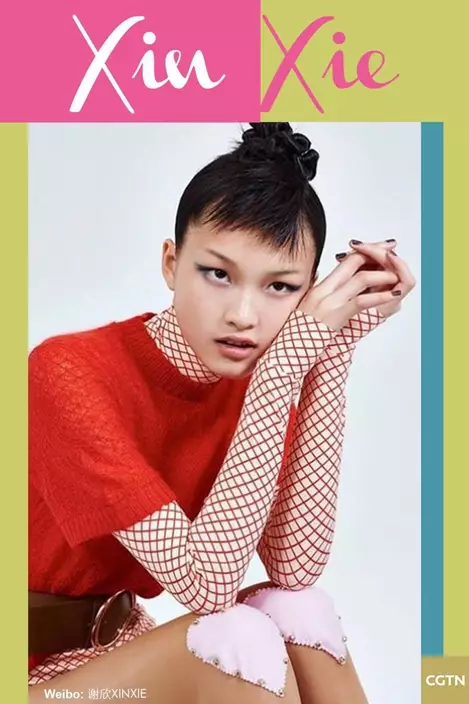
Xin Xie
Xin Xie is from Guangdong Province and now splits her time between New York, London, and Guangdong. The 22-year-old up-and-comer has already walked the Miu Miu Resort 2016 show and appeared in editorials for Vogue China and Vogue Me.
As it stands, Xie’s Instagram followers number just over 4,000, a figure that pales in comparison to fellow Victoria’s Secret models like Gigi Hadid (36 million) and Taylor Hill (9 million).
For Xie, the show might just be the boost she needs to make her a global name. This will be her first time walking in the Victoria’s Secret Fashion Show.
Mystery Model
One lucky reality show contestant is getting the ultimate prize. As the soon-to-be-revealed winner of "Road to the Runway China" online reality show, she will be strutting down the runway at the Victoria's Secret Fashion Show.
The mystery model will make her professional debut on the runway for fashion's biggest night. Will she be the modeling industry's next rising star? Time will tell.
CHICAGO (AP) — London-based model Alexsandrah has a twin, but not in the way you’d expect: Her counterpart is made of pixels instead of flesh and blood.
The virtual twin was generated by artificial intelligence and has already appeared as a stand-in for the real-life Alexsandrah in a photo shoot. Alexsandrah, who goes by her first name professionally, in turn receives credit and compensation whenever the AI version of herself gets used — just like a human model.
Alexsandrah says she and her alter-ego mirror each other “even down to the baby hairs.” And it is yet another example of how AI is transforming creative industries — and the way humans may or may not be compensated.
Proponents say the growing use of AI in fashion modeling showcases diversity in all shapes and sizes, allowing consumers to make more tailored purchase decisions that in turn reduces fashion waste from product returns. And digital modeling saves money for companies and creates opportunities for people who want to work with the technology.
But critics raise concerns that digital models may push human models — and other professionals like makeup artists and photographers — out of a job. Unsuspecting consumers could also be fooled into thinking AI models are real, and companies could claim credit for fulfilling diversity commitments without employing actual humans.
“Fashion is exclusive, with limited opportunities for people of color to break in,” said Sara Ziff, a former fashion model and founder of the Model Alliance, a nonprofit aiming to advance workers’ rights in the fashion industry. “I think the use of AI to distort racial representation and marginalize actual models of color reveals this troubling gap between the industry’s declared intentions and their real actions.”
Women of color in particular have long faced higher barriers to entry in modeling and AI could upend some of the gains they've made. Data suggests that women are more likely to work in occupations in which the technology could be applied, and are more at risk of displacement than men.
In March 2023, iconic denim brand Levi Strauss & Co. announced that it would be testing AI-generated models produced by Amsterdam-based company Lalaland.ai to add a wider range of body types and underrepresented demographics on its website. But after receiving widespread backlash, Levi clarified that it was not pulling back on its plans for live photo shoots, the use of live models or its commitment to working with diverse models.
“We do not see this (AI) pilot as a means to advance diversity or as a substitute for the real action that must be taken to deliver on our diversity, equity and inclusion goals and it should not have been portrayed as such,” Levi said in its statement at the time.
The company last month said that it has no plans to scale the AI program.
The Associated Press reached out to several other retailers to ask whether they use AI fashion models. Target, Kohl’s and fast-fashion giant Shein declined to comment; Temu did not respond to a request for comment.
Meanwhile, spokespeople for Nieman Marcus, H&M, Walmart and Macy's said their respective companies do not use AI models, although Walmart clarified that “suppliers may have a different approach to photography they provide for their products but we don’t have that information.”
Nonetheless, companies that generate AI models are finding a demand for the technology, including Lalaland.ai, which was co-founded by Michael Musandu after he was feeling frustrated by the absence of clothing models who looked like him.
“One model does not represent everyone that’s actually shopping and buying a product,” he said. “As a person of color, I felt this painfully myself.”
Musandu says his product is meant to supplement traditional photo shoots, not replace them. Instead of seeing one model, shoppers could see nine to 12 models using different size filters, which would enrich their shopping experience and help reduce product returns and fashion waste.
The technology is actually creating new jobs, since Lalaland.ai pays humans to train its algorithms, Musandu said.
And if brands “are serious about inclusion efforts, they will continue to hire these models of color,” he added.
London-based model Alexsandrah, who is Black, says her digital counterpart has helped her distinguish herself in the fashion industry. In fact, the real-life Alexsandrah has even stood in for a Black computer-generated model named Shudu, created by Cameron Wilson, a former fashion photographer turned CEO of The Diigitals, a U.K.-based digital modeling agency.
Wilson, who is white and uses they/them pronouns, designed Shudu in 2017, described on Instagram as the “The World’s First Digital Supermodel.” But critics at the time accused Wilson of cultural appropriation and digital Blackface.
Wilson took the experience as a lesson and transformed The Diigitals to make sure Shudu — who has been booked by Louis Vuitton and BMW — didn’t take away opportunities but instead opened possibilities for women of color. Alexsandrah, for instance, has modeled in-person as Shudu for Vogue Australia, and writer Ama Badu came up with Shudu’s backstory and portrays her voice for interviews.
Alexsandrah said she is “extremely proud” of her work with The Diigitals, which created her own AI twin: “It’s something that even when we are no longer here, the future generations can look back at and be like, ‘These are the pioneers.’”
But for Yve Edmond, a New York City area-based model who works with major retailers to check the fit of clothing before it's sold to consumers, the rise of AI in fashion modeling feels more insidious.
Edmond worries modeling agencies and companies are taking advantage of models, who are generally independent contractors afforded few labor protections in the U.S., by using their photos to train AI systems without their consent or compensation.
She described one incident in which a client asked to photograph Edmond moving her arms, squatting and walking for “research" purposes. Edmond refused and later felt swindled — her modeling agency had told her she was being booked for a fitting, not to build an avatar.
“This is a complete violation,” she said. “It was really disappointing for me.”
But absent AI regulations, it’s up to companies to be transparent and ethical about deploying AI technology. And Ziff, the founder of the Model Alliance, likens the current lack of legal protections for fashion workers to “the Wild West.”
That's why the Model Alliance is pushing for legislation like the one being considered in New York state, in which a provision of the Fashion Workers Act would require management companies and brands to obtain models’ clear written consent to create or use a model’s digital replica; specify the amount and duration of compensation, and prohibit altering or manipulating models’ digital replica without consent.
Alexsandrah says that with ethical use and the right legal regulations, AI might open up doors for more models of color like herself. She has let her clients know that she has an AI replica, and she funnels any inquires for its use through Wilson, who she describes as "somebody that I know, love, trust and is my friend.” Wilson says they make sure any compensation for Alexsandrah's AI is comparable to what she would make in-person.
Edmond, however, is more of a purist: “We have this amazing Earth that we’re living on. And you have a person of every shade, every height, every size. Why not find that person and compensate that person?”
Associated Press Writers Anne D’Innocenzio and Haleluya Hadero contributed to this story from New York.
The Associated Press’ women in the workforce and state government coverage receives financial support from Pivotal Ventures. AP is solely responsible for all content. Find AP’s standards for working with philanthropies, a list of supporters and funded coverage areas at AP.org.
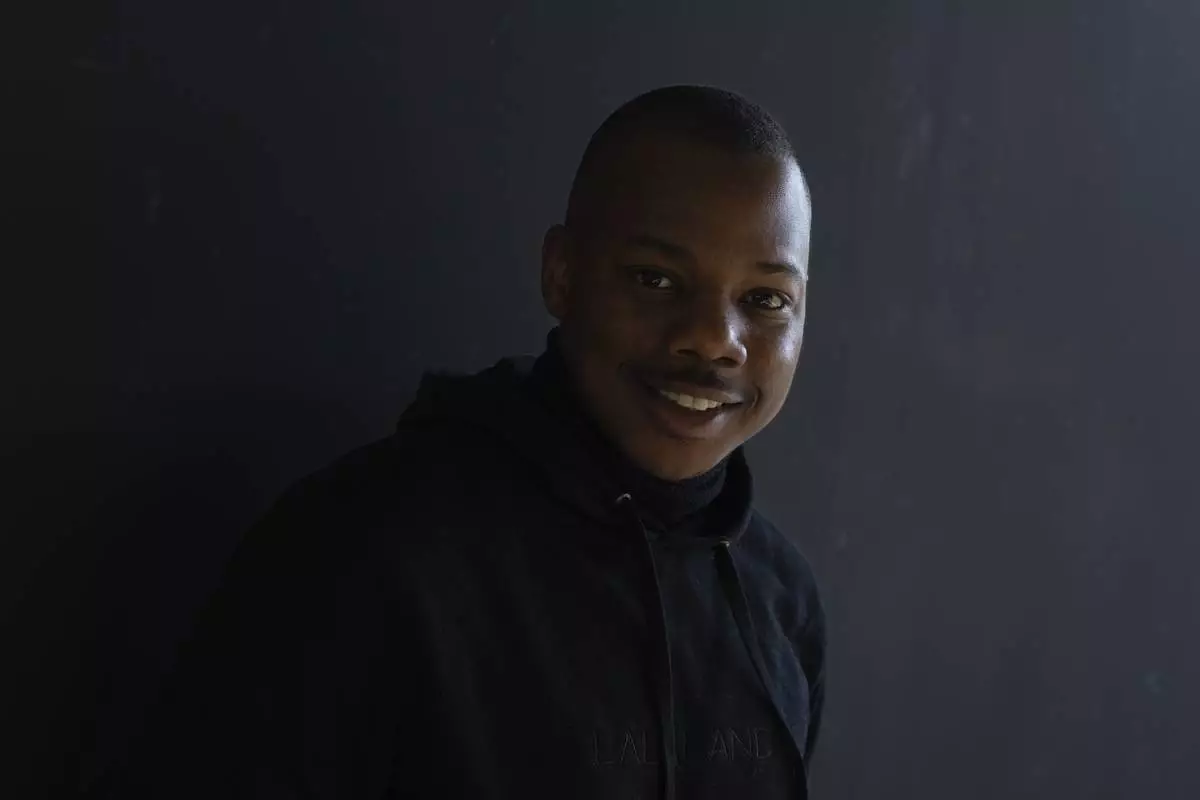
Michael Musandu, a co-founder and CEO of AI fashion company Lalaland.ai, poses for a portrait in Amsterdam, Netherlands, Friday, March 8, 2024. In March 2023, iconic denim brand Levi Strauss & Co. announced that it would be testing AI-generated models produced by the Amsterdam-based company to add a wider range of body types and underrepresented demographics on its website. (AP Photo/Peter Dejong)

Michael Musandu, a co-founder and CEO of AI fashion company Lalaland.ai, poses for a portrait in Amsterdam, Netherlands, Friday, March 8, 2024. In March 2023, iconic denim brand Levi Strauss & Co. announced that it would be testing AI-generated models produced by the Amsterdam-based company to add a wider range of body types and underrepresented demographics on its website. (AP Photo/Peter Dejong)
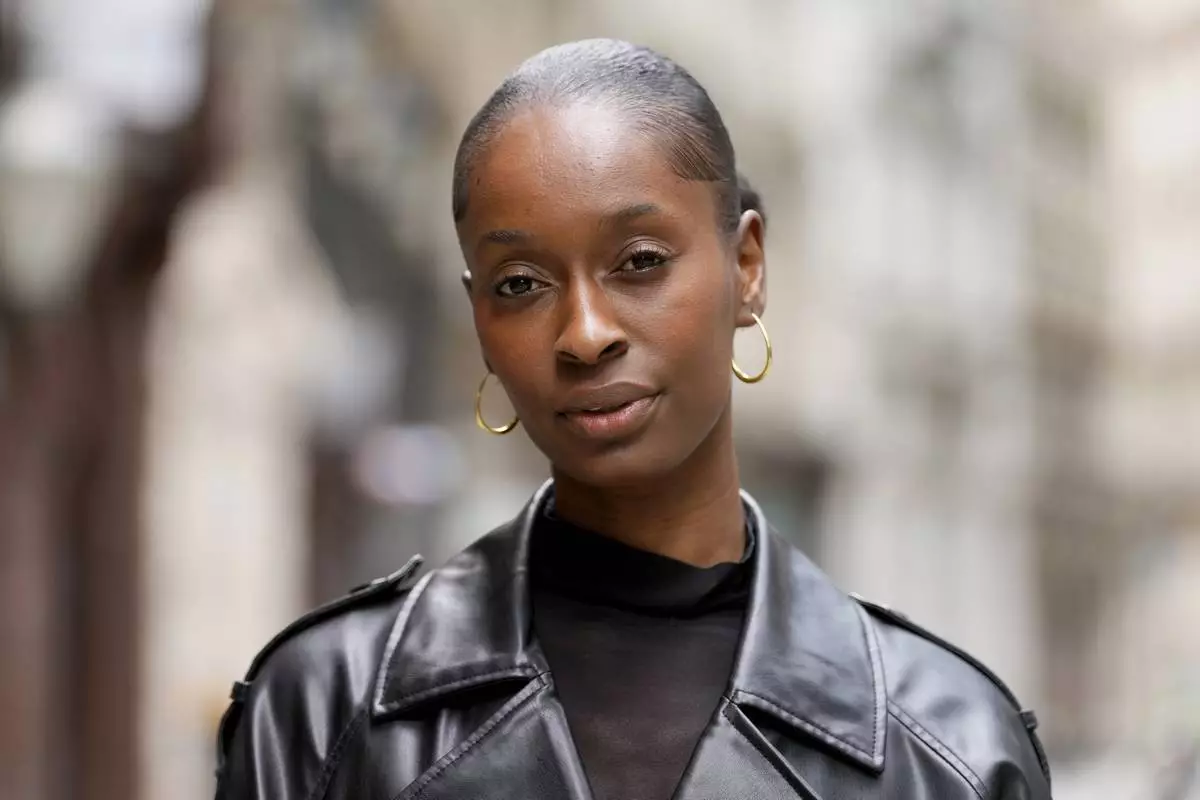
Fashion model Alexsandrah poses for a photograph, in London, Friday, March 29, 2024. The use of computer-generated supermodels has complicated implications for diversity. Although AI modeling agencies -- some of them Black-owned -- can render models of all races, genders and sizes at the click of a finger, real models of color who have historically faced higher barriers to entry may be put out of work. (AP Photo/Kirsty Wigglesworth)
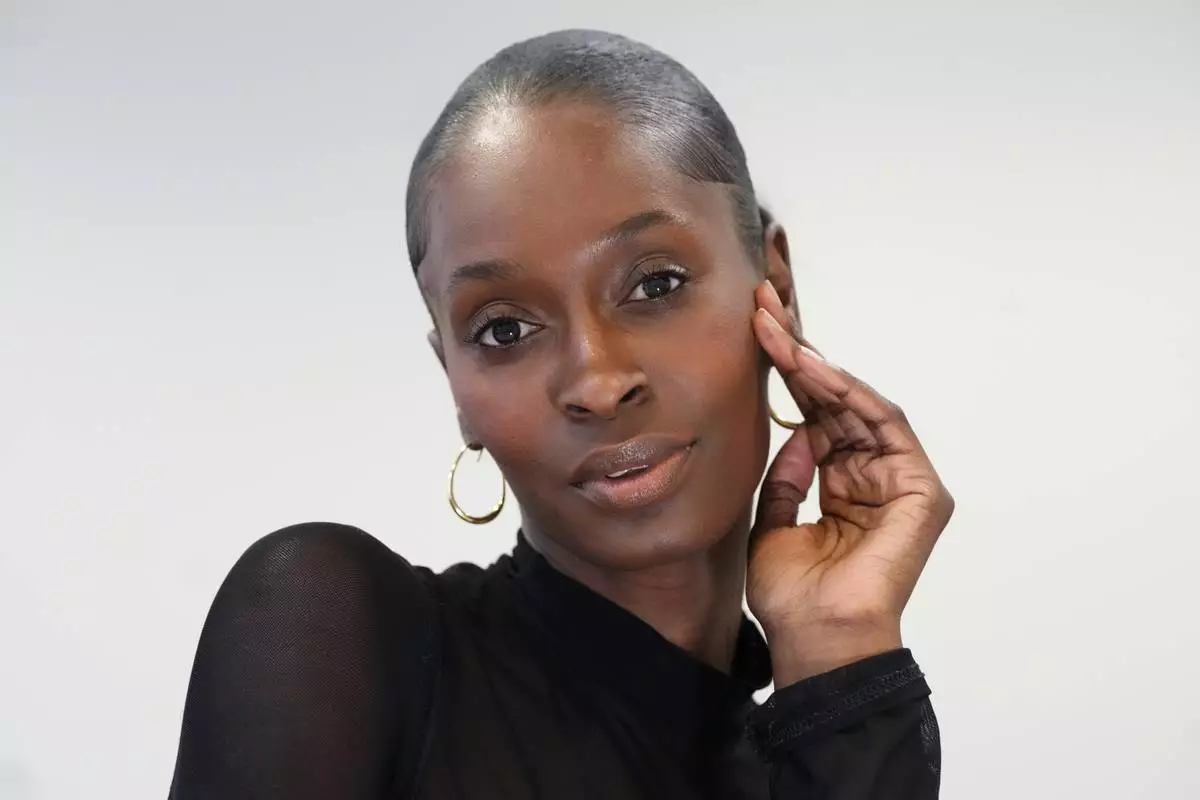
Fashion model Alexsandrah poses for a photograph, in London, Friday, March 29, 2024. The use of computer-generated supermodels has complicated implications for diversity. Although AI modeling agencies -- some of them Black-owned -- can render models of all races, genders and sizes at the click of a finger, real models of color who have historically faced higher barriers to entry may be put out of work. (AP Photo/Kirsty Wigglesworth)
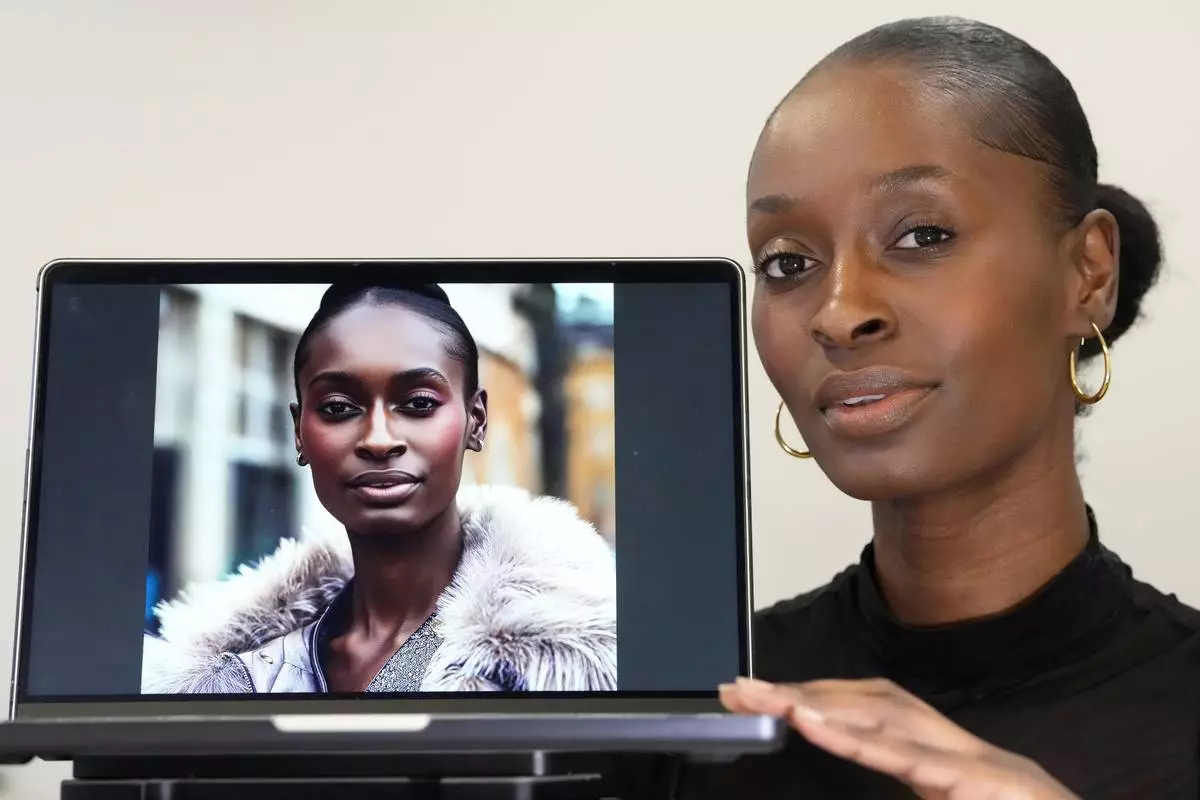
Fashion model Alexsandrah poses with a computer showing an AI generated image of her, in London, Friday, March 29, 2024. The use of computer-generated supermodels has complicated implications for diversity. Although AI modeling agencies -- some of them Black-owned -- can render models of all races, genders and sizes at the click of a finger, real models of color who have historically faced higher barriers to entry may be put out of work. (AP Photo/Kirsty Wigglesworth)
















